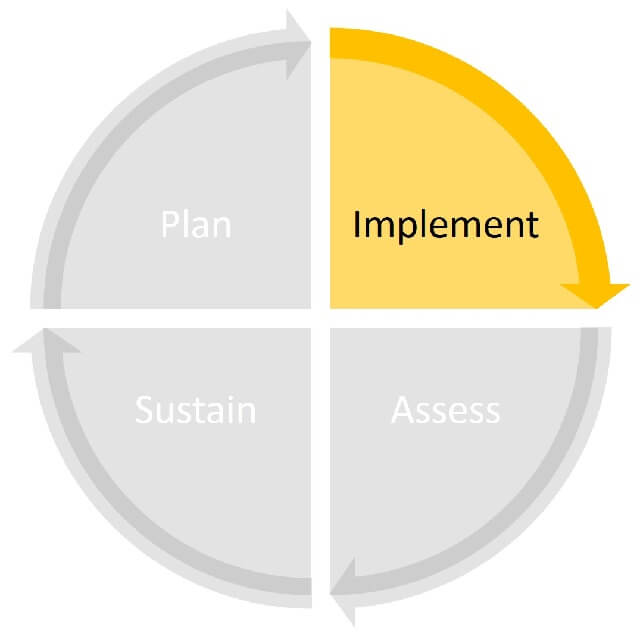Program Policies and Procedures

Privacy and confidentiality involve not sharing information about another person. Policies that describe the scope, limits, and boundaries of the peer supporter role should help set expectations. This means that they must be clearly stated and visible for your program, program leaders and peer supporters, and for the participants.
Every program needs a set of policies that guide how people should behave and what procedures should be followed when conducting the program. Programs that operate within an organization will most likely have to follow their policies and procedures (such as volunteer orientation and training). In a peer support program run by a health care organization, peer supporters and other program staff will have to learn and follow the rules of HIPAA to protect patient privacy and confidential information. Confidentiality and privacy is still a part of the work and needs to be respected, whether or not HIPAA regulations apply to the organization. Outside of a health care system, program will need to determine the best method for formalizing privacy and confidentially expectations.
A well-defined set of policies and procedures may be helpful for everyone involved in your program. One focus area is liability and many organizations have procedures that describe how employees, volunteers, and others (including program leaders) conduct themselves. Program leaders must work out what policies and procedures work best for their particular program, and may need to adjust them over time as the program matures. Below are some other areas where a policy or procedure may prove to be helpful. Visit the Resources and Tools to see examples of specific policies and procedures. Below is a description of areas where a policy or procedure may prove to be helpful.
- Managing the support activity: Some things to consider are how to connect peer supporters and program participants; how to manage potentially difficult group dynamics; the number of attempts a supporter should make to reach a participant; the number of participants they should support at one time; how long peer support services should be offered to the participant; who should be contacted first if there is a problem; and what to do in case of an emergency.
- Support for peer supporters: Many programs have 24/7 support for peer supporters to help them fulfill their role. Some offer support groups or regular discussions where peer supporters can discuss important ideas, ask each other questions, and share concerns. These can be in person, online, or by phone.
- Health and safety: This may include basic training and refresher courses on potential health related issues (e.g. if peer mentors will be in a hospital they would need information about hand hygiene policies). There may be a need for procedures or guidance on how to handle specific safety matters such as when a supporter notices warning signs (red flags) of impending participant problems, and ways to address those. Other areas to consider include how to manage an urgent situation; checking-in on the health or emotional needs of staff, volunteers, and participants; and, the health or emotional state of peer supporters.
- Feedback to program leaders: There are several benefits to routinely reporting feedback to program leaders. This includes having information to continuously improve the program, providing feedback and guidance to peer supporters, and helping maintain program quality assurance and control.
- Check-in meetings between program leaders and peer supporters: Holding these meetings may be one of the most important ways that leaders can support peer supporters and sustain the program.
- Use of tools and technology to organize the work: Technology can make program activities easier and communications efficient. However, program leaders need to consider any issues stemming from using specific technology solutions. For example, privacy of information may restrict program leaders in health care-based programs from using online platforms to facilitate peer communications. However, it is possible to build protection into the platform to help overcome this issue.
Updated: March 2018
